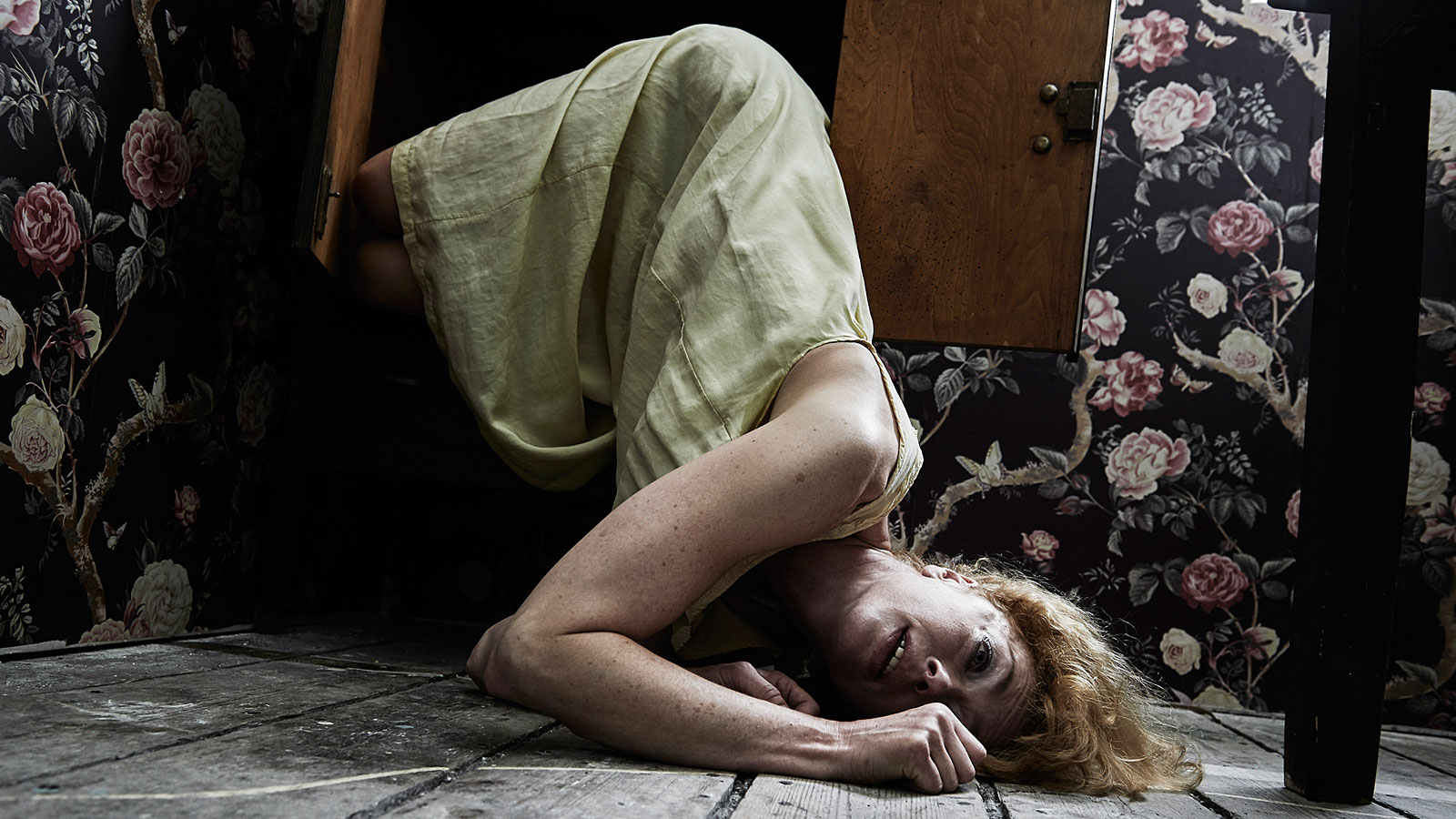
BEYOND THESE ROOMS | Visitor Histories
January 22nd, 2019 Posted by roomsAccess Archive 0 comments on “BEYOND THESE ROOMS | Visitor Histories”Bringing Complex Conflicted History Back to Life: One Story, Two Perspectives
“My husband, Peter Connolly, was a carrier and a general dealer. He was 39 years of age. On Easter Friday evening at dusk he had gone over to Hickey’s to move two mirror glasses. When the firing began apparently he could not return home, and I never saw him alive again.”
– Statement of Mrs Connolly, taken from A FRAGMENT OF 1916 HISTORY held at the National Museum of Ireland, Collins Barracks. (REFERENCE NUMBER 35J 6/13)
“Mrs Hughes told us that she had seen Connolly on the roofs of houses at the rear of her house, leading the rebels across the roofs. I know Connolly to have been a sergeant in the National Volunteers, and Mrs Connolly told me that he gave the Irish volunteers 2 rifles during the Rebellion.”
– Statement of Police Sergeant O’Gorman, taken from COURTS OF ENQUIRY INTO THE ALLEGED SHOOTING OF CIVILIANS BY SOLDIERS held at The National Archive, Kew. (REFERENCE NUMBER WO. 35/67/3)
Narrating Conflicted Histories
A core objective of BEYOND THESE ROOMS was to actively engage visitors into creating their own versions of this conflicted history. The installation at Tate Exchange, Tate Liverpool, housed a large light table with multiple sentences taken from the following two governments’ enquiries conducted following the North King Street massacre:
- A FRAGMENT OF 1916 HISTORY held at the National Museum of Ireland, Dublin.
- COURTS OF ENQUIRY INTO THE ALLEGED SHOOTING OF CIVILIANS BY SOLDIERS held at the National Archive, Kew, London
Visitors were given the following instructions
- ASSEMBLE the sentences and create your own narrative of the incident.
- ARCHIVE your statement by pressing the keypad located in the middle of the lightbox table – it will be uploaded to theserooms.ie
We have been amazed by the response – thank you so much to all those who participated!
NOTE: these images are raw files uploaded from the light table at Tate Exchange and have not been altered in any way – to see the text clearly click to magnify.
9 FEBRUARY 2019
8 FEBRUARY 2019
7 FEBRUARY 2019
6 FEBRUARY 2019
5 FEBRUARY 2019
3 FEBRUARY 2019
2 FEBRUARY 2019
1 FEBRUARY 2019
31 JANUARY 2019
30 JANUARY 2019
29 JANUARY 2019
28 JANUARY 2019
27 JANUARY 2019
26 JANUARY 2019
25 JANUARY 2019
24 JANUARY 2019
23 JANUARY 2019
22 JANUARY 2019
21 JANUARY 2019
20 JANUARY 2019
19 JANUARY 2019
18 JANUARY 2019
17 JANUARY 2019










